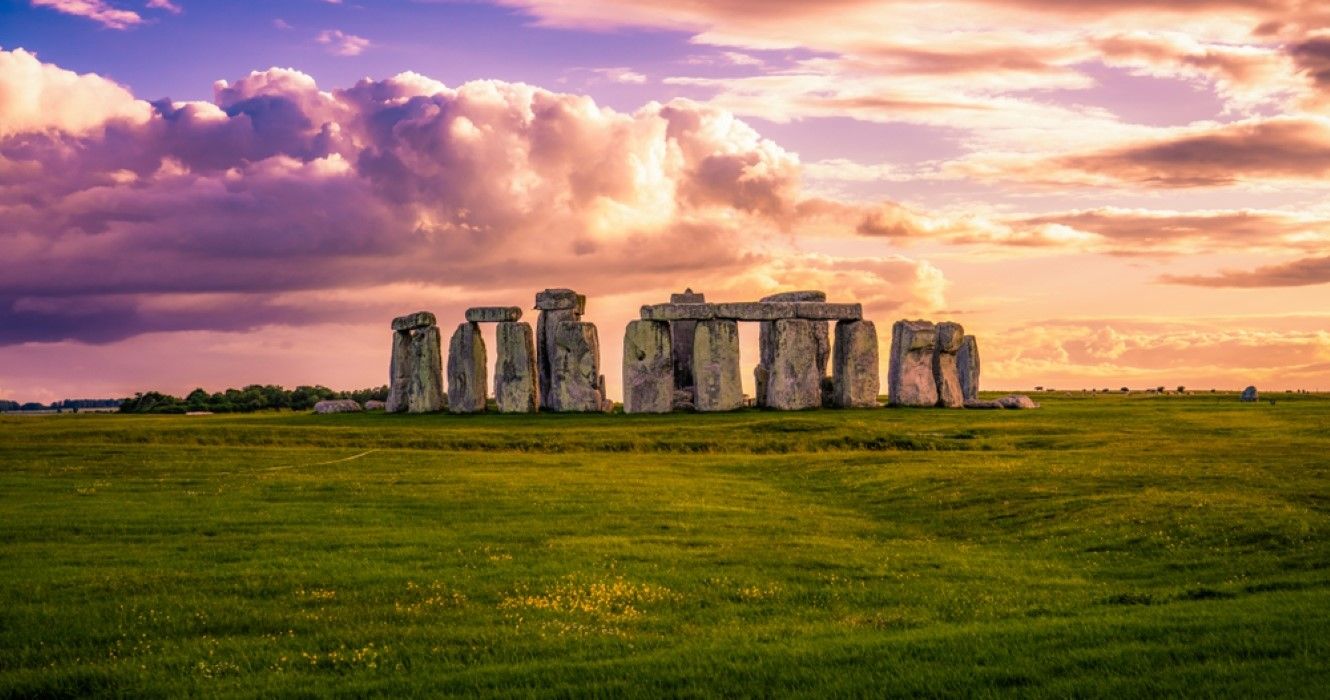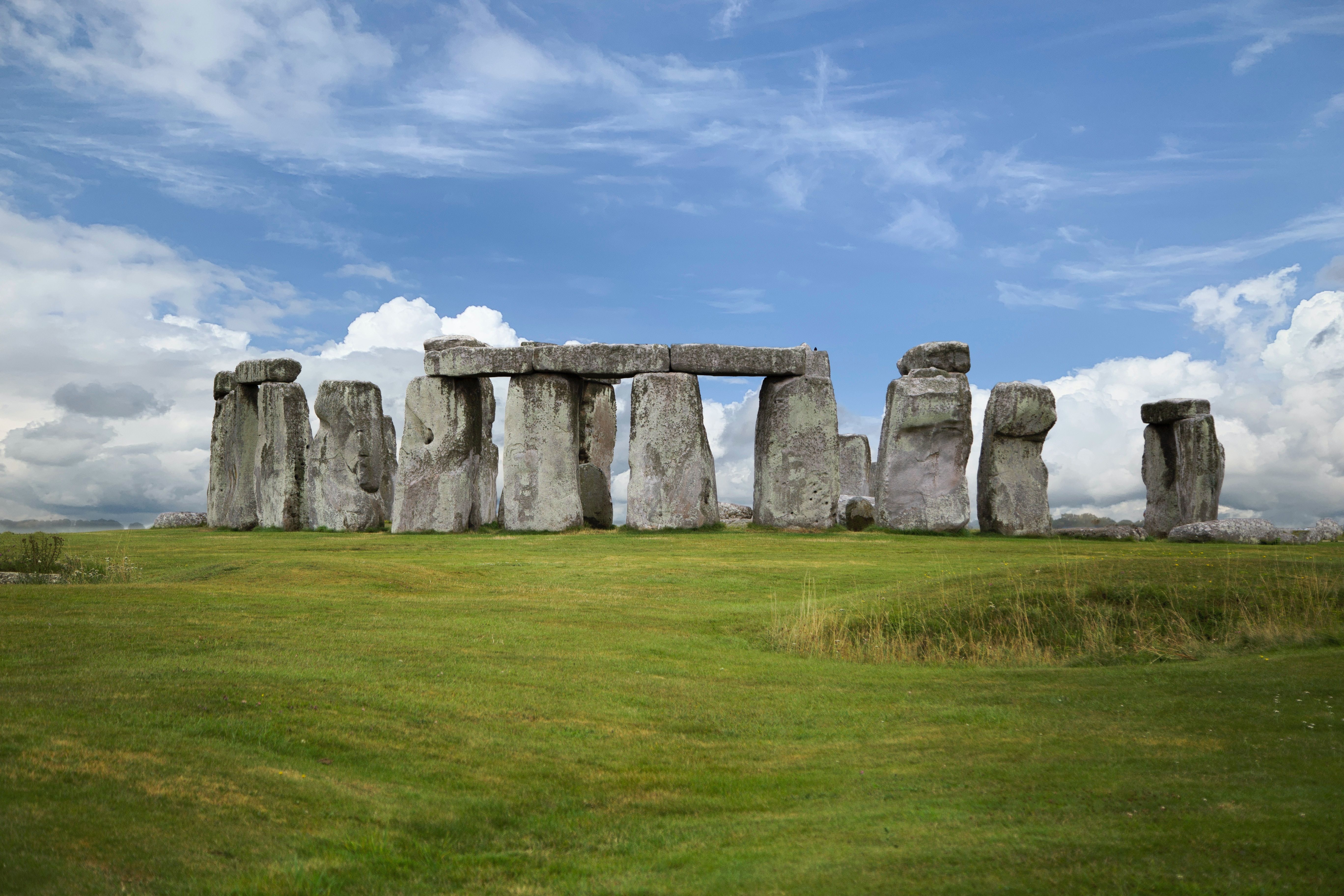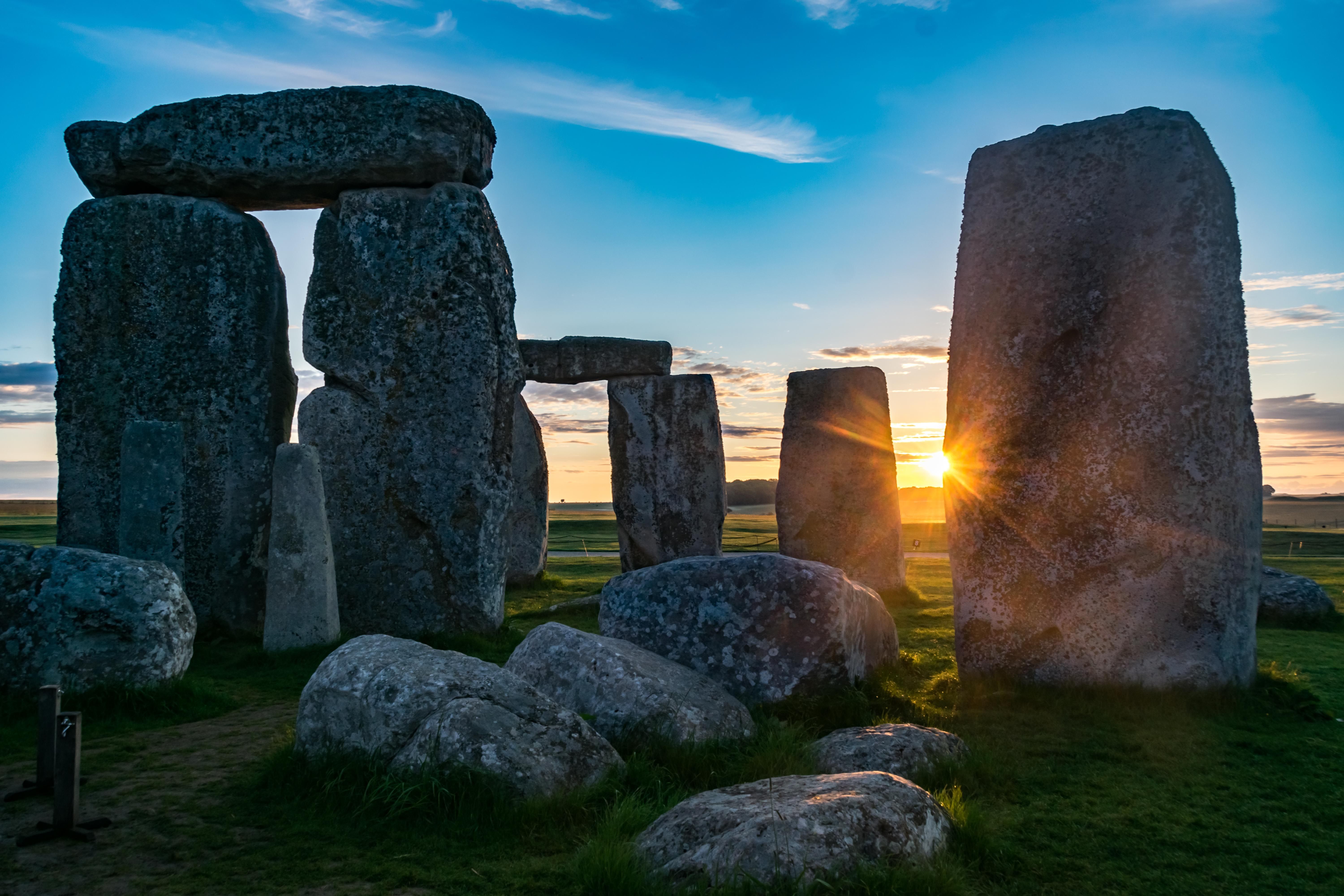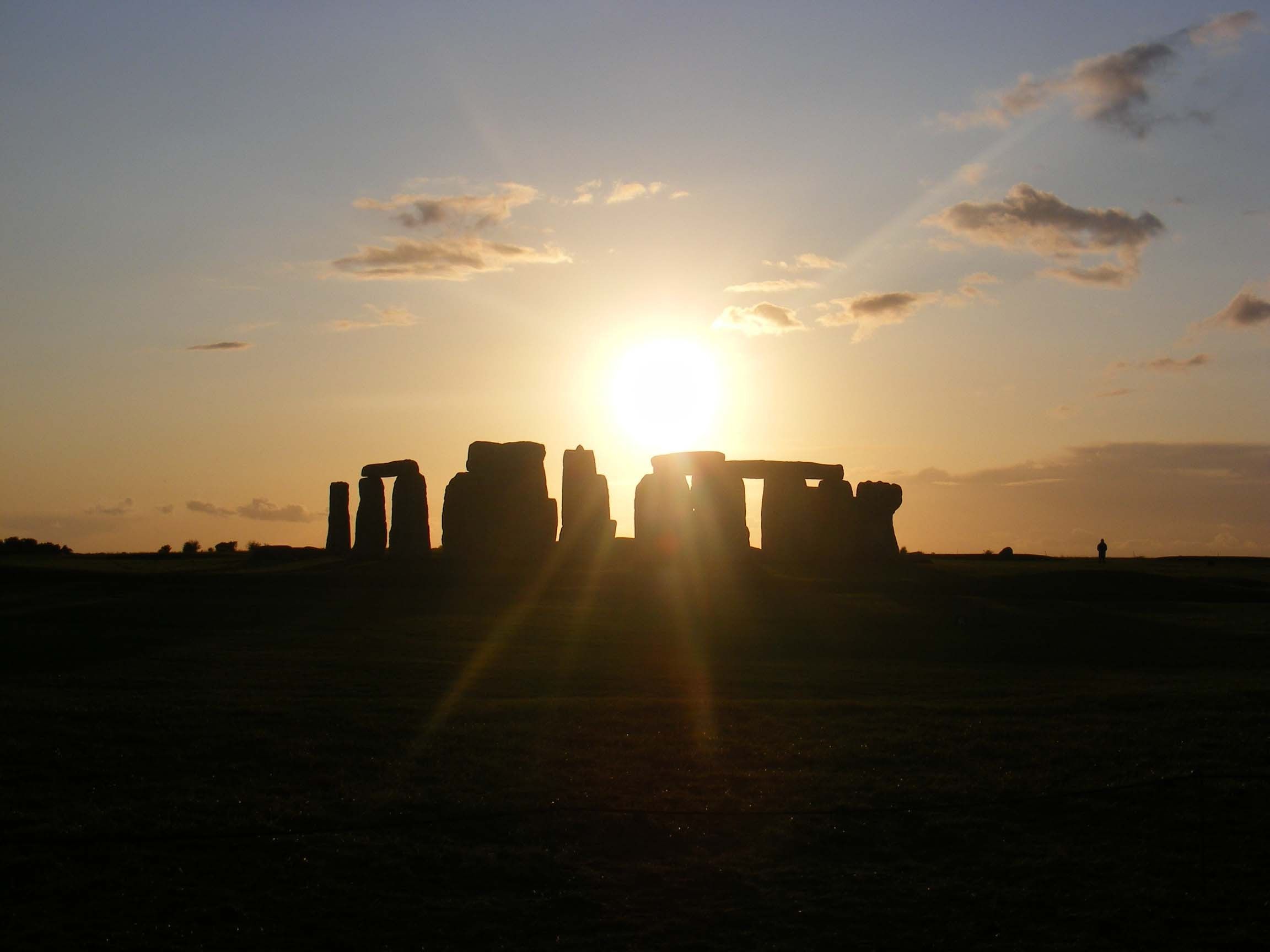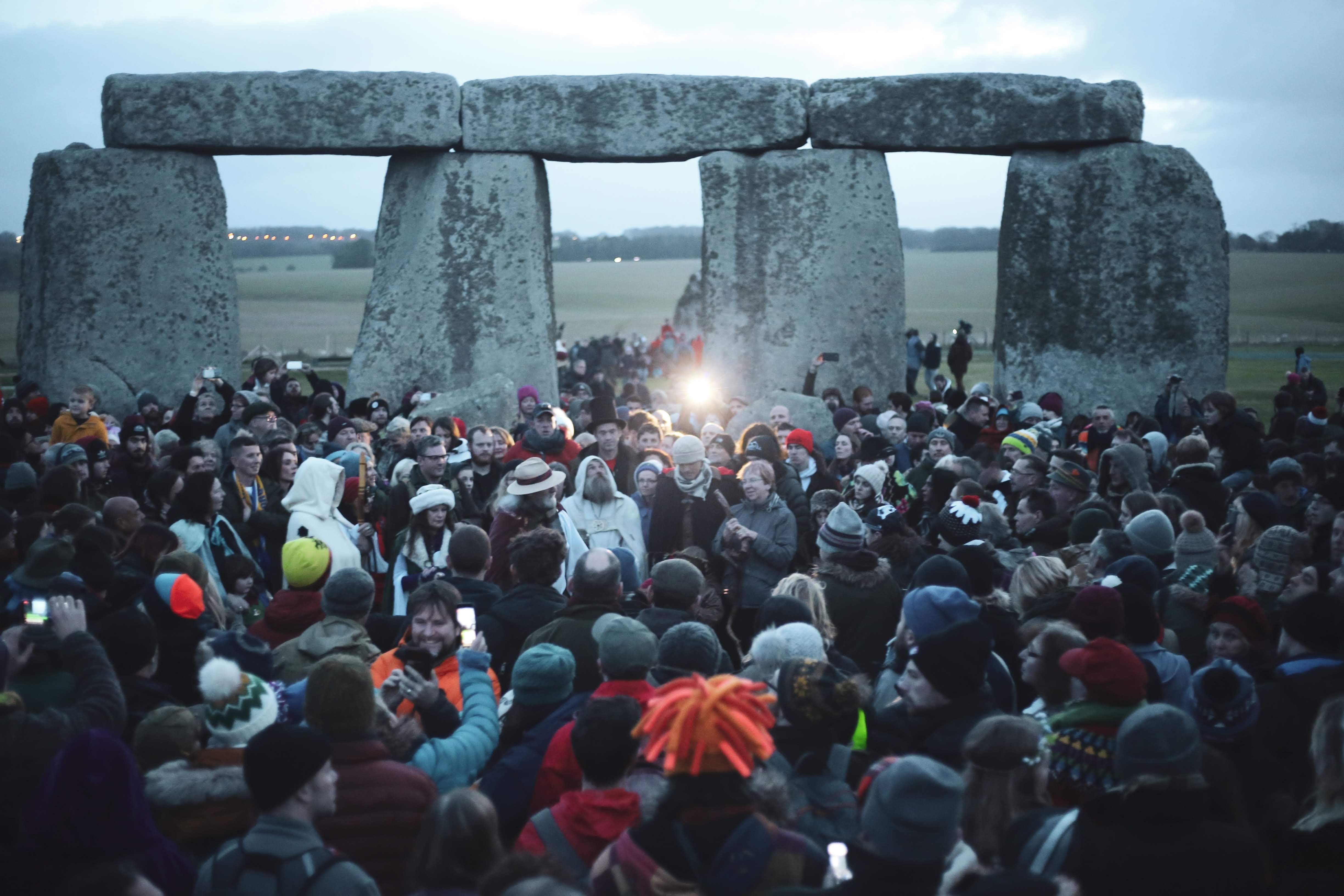Quick Links
Stonehenge is one of the most famous Neolithic landmarks in Europe - and arguably the most famous in Great Britain. Stonehenge has inspired generations. The massive monolithic stone blocks arising out of England's Salisbury Plain have bewildered generation after generation. Much has been learned about Stonehenge over the years (while the monument retains many mysteries yet to be understood).
Nostalgia is a powerful thing, and long before Britain was Christian, it was pagan. The ancient inhabitants of the land constructed Stonehenge to align with the Solstice. Today, thousands of people gather at Stonehenge for the Solstice in a modern throwback to the ancient pagan origins of Stonehenge and the British Isles.
Stonehenge: Who Built It & Why
There are a number of misconceptions about Stonehenge. Stonehenge is older than the pyramids of Giza and was built between 3,000 and 2,000 BC (although there are many older stone circles - like The Cromlech of the Almendres in Portugal).
Stonehenge was not built by the Ancient Celts of Britain. Celts only arrived at the shores of Britain circa 1,000 BC. The Celts lived in Britain during the Iron Age and Roman Age and then clung on to parts of the island in the post-Roman era as the Anglo-Saxons invaded. That means that Stonehenge was already an ancient ruin when the Celts and their Druids arrived. The high-ranking priestly class of Celtic cultures was the Druids (so Getafix from the comics Asterix and Obelix had nothing to do with Stonehenge).
So who built Stonehenge? The answer to that is unclear - but it was populations who lived in the land long before the Celts. It has been discovered that the bluestones at Stonehenge are from another ancient stone circle in Wales. It is believed the people migrated from Wales, dissembled their old stone circle, and reassembled it at Stonehenge.
At one time, it was thought that Stonehenge had a human sacrificial purpose (that is why a replica, Maryhill Stonehenge, was made in Washington State). But that is no longer believed to be the case. It is noted that the whole monument is aligned for sunrise on the summer solstice and the midwinter sunset. The site could also originally have been a burial ground.
Thousands Come To Stonehenge To Celebrate The Summer Solstice
Today it has become popular to go to Stonehenge to see the sunrise at Stonehenge during the summer solstice. This attracts around 6,000 people every year. The event attracts druids and pagans (even though druids are anachronistic) to mark the longest day of the year. The event is again replicated for the winter solstice (just remember to bring some warm clothes).
Naturally, modern festivities have little in common with ancient rituals - mostly on account of having no idea of how the ancients celebrated the solstice. Expect to see neo-pagans and modern sun worshipers at the site - some dressed in impressive ancient attire. Most people are just there to see the sunrise at Stonehenge and get some Instagram pictures of it.
Pagans, druids, and revelers come from far and wide to see the sun rising behind the heel stone - the ancient entrance to the stone circle. On this day, the sun's light is channeled straight into the center of the Neolithic monument. After the sunrises at around 8.00 am, the party is over and visitors are expected to start leaving.
How To Celebrate The Summer Solstice At Stonehenge
Finally, after the pandemic, Stonehenge is again welcoming people to celebrate the solstice. It will open to the public this upcoming summer solstice as well.
- Special Opening Hours: 7.00 pm Tues. 20th June to 8.00 am Wed. 21st June
- Admission Fee: Free For The Solstice
Stonehenge is going to be open from 7.00 pm on Tuesday, 20 June, to 8.00 am on Wednesday, 21 June. People can gather at the ancient ruins and wait for the sun to rise.
Attendees are asked to be respectful of the ancient monument that is considered a natural treasure of the United Kingdom, and it is sacred to many. There are a number of conditions for entry - most of which are common sense, like no amplified music, no alcohol, no disorderly behavior, no illegal drugs, no glass (many people walk barefoot), and no climbing on any of the stones.
Those who cannot attend can still watch the solstice at Stonehenge being live-streamed on the official English Heritage YouTube channel. Whether it's the solstice or not, Stonehenge is a must for anyone visiting England.
Stonehenge is not the only stone circle where neo-paganism is practiced. Next time in Iceland, see Arctic Henge still under construction and see the Icelandic throwback to pagan times.

